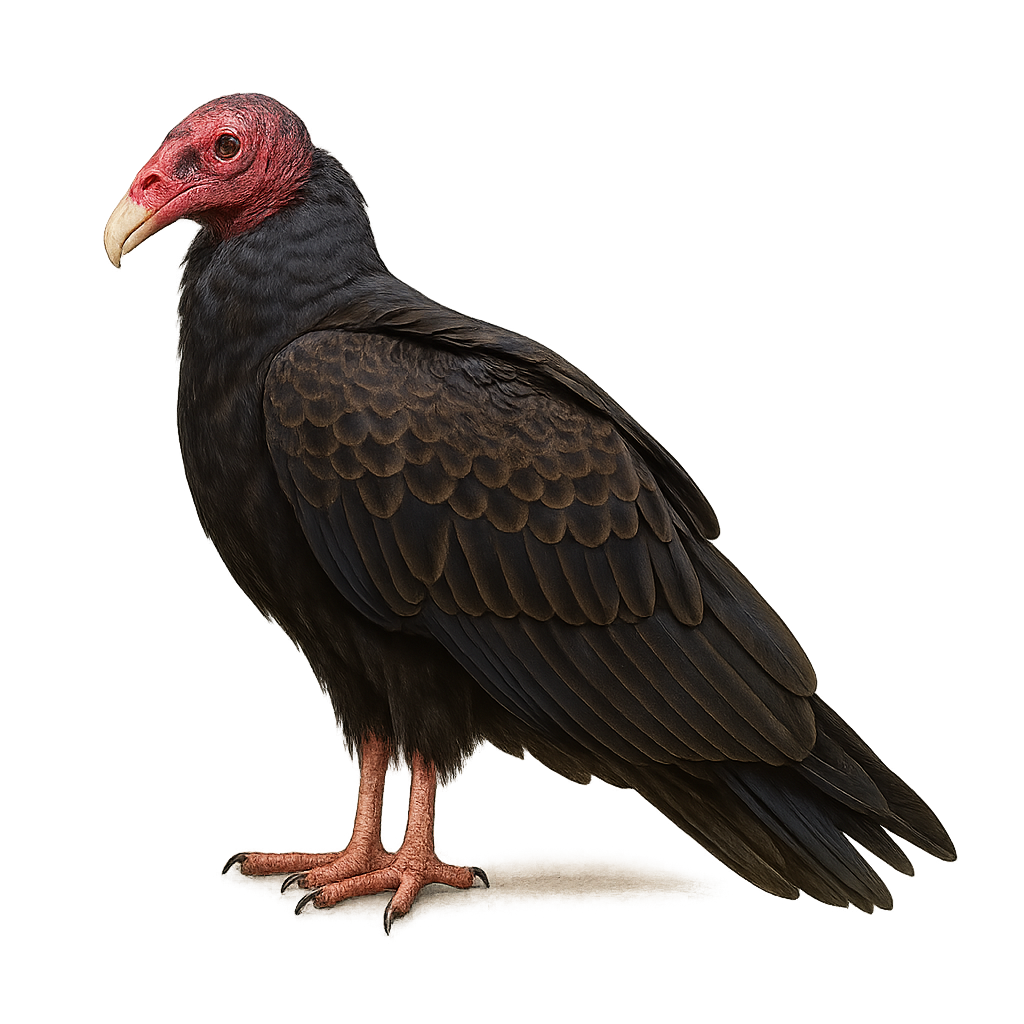Your wildlife photography guide.
Explore the turkey vulture in detail, study its behavior, prepare your shots.
Where to observe and photograph the turkey vulture in the wild
Learn where and when to spot the turkey vulture in the wild, how to identify the species based on distinctive features, and what natural environments it inhabits. The WildlifePhotographer app offers tailored photography tips that reflect the turkey vulture’s behavior, helping you capture better wildlife images. Explore the full species profile for key information including description, habitat, active periods, and approach techniques.
Turkey Vulture
Scientific name: Cathartes aura

IUCN Status: Least Concern
Family: CATHARTIDAE
Group: Birds
Sensitivity to human approach: Suspicious
Minimum approach distance: 10 m
Courtship display: February to May
Incubation: 30-40 jours
Hatchings: March to July
Habitat:
Forests, grasslands, deserts
Activity period :
Primarily active during the day, with peak activity in the morning and late afternoon.
Identification and description:
The Turkey Vulture, or Cathartes aura, is a large scavenging bird of prey native to the Americas, easily identified by its red, featherless head and dark brown plumage. It plays a vital role in the ecosystem by consuming carrion, thus helping to prevent the spread of disease. With an excellent sense of smell, it can detect gases emitted by decaying carcasses. In flight, it is often seen soaring with its wings in a V-shape, using thermal updrafts to conserve energy. Although typically solitary, it can gather in large groups to feed. Its ability to adapt to various habitats, from forests to deserts, makes it a resilient and widespread bird.
Recommended lens:
400 mm – adjust based on distance, desired framing (portrait or habitat), and approach conditions.
Photography tips:
To photograph the Turkey Vulture, choose sunny days when thermal currents are strong, as these birds often soar high in the sky. Use a telephoto lens of at least 400mm to capture precise details of their plumage and distinctive head. Be patient and discreet, as although they are suspicious, they may approach if you remain still. Look for them in open areas where they can be seen soaring.
The WildlifePhotographer App is coming soon!
Be the first to explore the best nature spots, track rutting seasons, log your observations, and observe more wildlife.
Already 1 439 wildlife lovers subscribed worldwide

